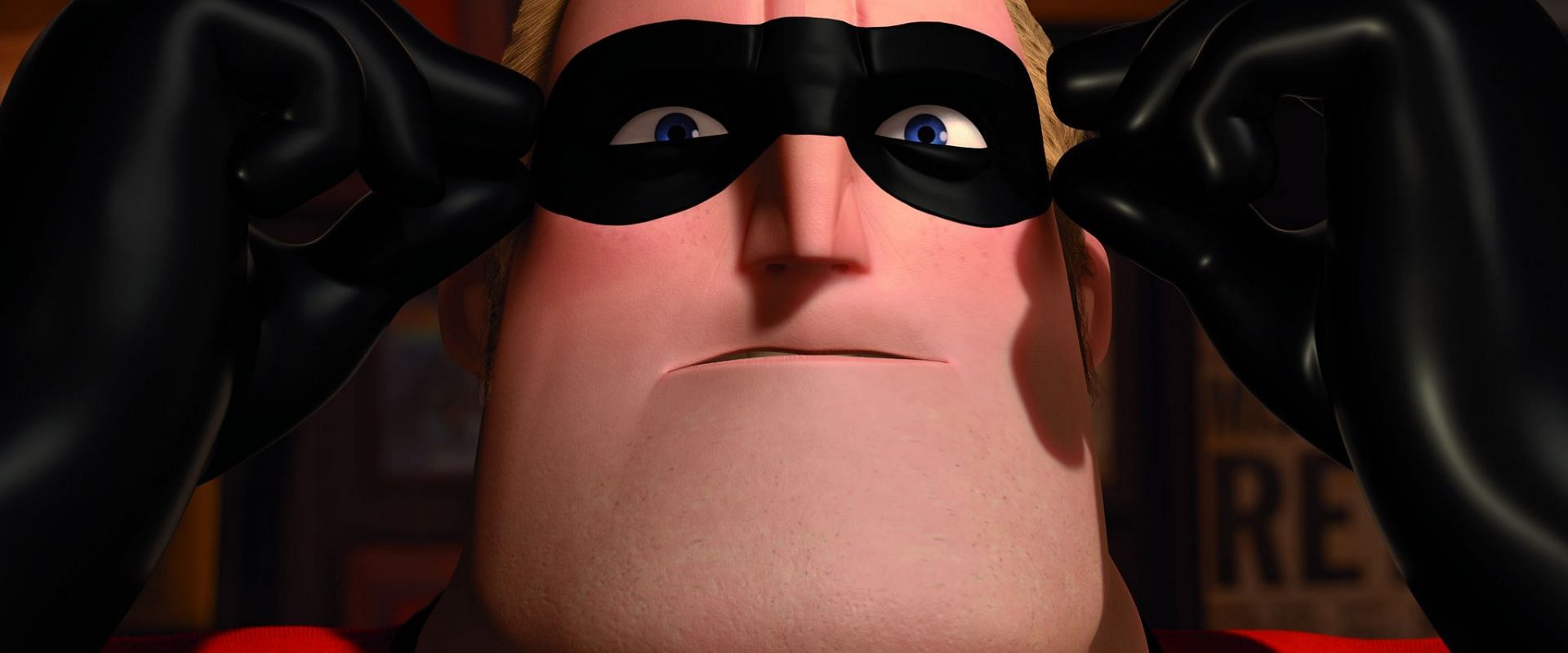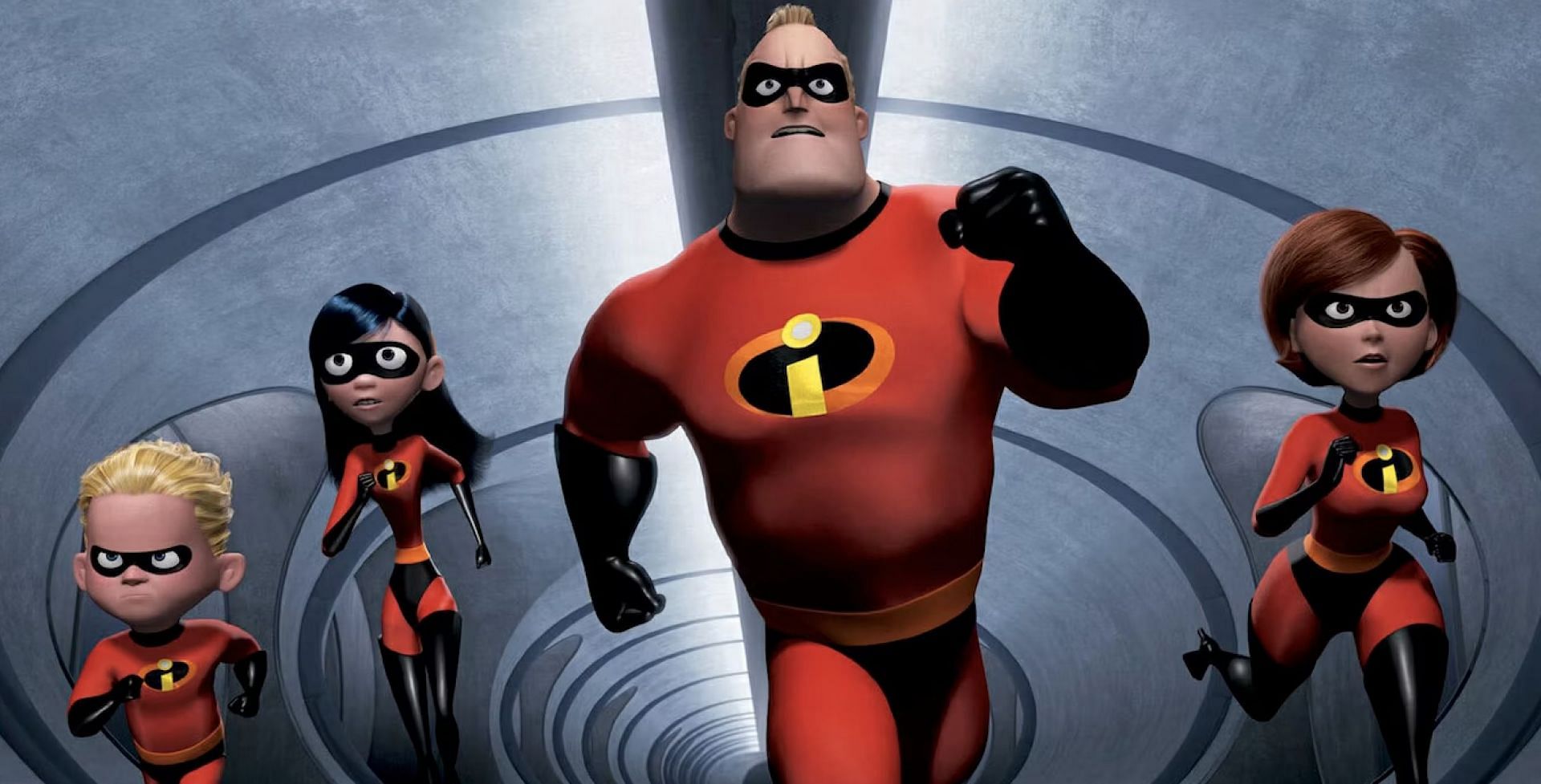Disney
Incredibles 2 leans more on retro aesthetics than futuristic elements

Brad Bird’s 2004 animated masterpiece, “The Incredibles,” is widely regarded as not just the finest superhero film ever crafted but perhaps the ultimate example of the genre, and it’s unlikely that anything could ever surpass it. This assertion isn’t merely a subjective viewpoint; it stands as an undeniable and unshakable truth with its own magnetic field and solar day.
The reasons behind its unrivaled status are diverse and numerous, and although a complete enumeration is impossible within the constraints of human existence, it’s beneficial, especially when examining its somewhat less successful sequel, to revisit some of its primary merits.
The design is undoubtedly one of these virtues. The film is set in a retro-futuristic tomorrowland that exudes a delightful mid-century urban planner’s imagination. The architecture doesn’t just occupy space; it elegantly soars and dramatically arches. Moreover, this design isn’t merely aesthetic; it conveys essential narrative elements, offering a meaningful context for the story’s world.

The narrative focuses on the Parr family, a group of super-powered do-gooders constrained by a society plagued by mistrust and fear. Their need to assimilate into a mundane suburban life is deeply informed by and satirizes the patriarchal social norms of the Eisenhower era.
The music is another standout feature. Michael Giacchino’s score, with its anthemic trumpet fanfares and cool percussion, not only pumps adrenaline but also lodges itself indelibly in the brainstem.
The film astutely selected its villain, an ominous fanatic seeking to destroy the very thing he once cherished – a character whose resonance has only grown as toxic fanboy culture became more widespread. In the context of the film’s world, giving the villain the tech trappings and secret island headquarters of a classic Bond antagonist was a clever and efficient choice.
However, the chief reason “The Incredibles” remains the reigning monarch of superhero cinema is its keen understanding of the fundamental nature of superheroes. It delves into what they represent and what they exist for. The characters’ remarkable powers are thoughtfully aligned with their basic, ordinary desires.

Bob, the traditional patriarch, aims to protect his family through unwavering strength – a role perfectly suited for his invulnerability and immense strength. Helen, a conventional matriarch, seeks the same goal as Bob but achieves it through adaptability – a trait manifest in her elastic powers. Teenage daughter Violet yearns to be left alone; her alter ego can conjure literal walls and vanish at will. Dash, the ball of impulsive energy, manifests his super-speed as impulsiveness incarnate. Baby Jack-Jack remains an enigmatic bundle of potential, displaying a variety of unpredictable powers.
Consider the moment Dash, fleeing from henchmen, unexpectedly discovers he can run across water. It’s a pure, heartrending moment that combines wish-fulfillment, joy, and wonder, perfectly encapsulating the essence of superheroes.
Two decades into the era of superhero cinema, no other film has consistently captured this joyful, alchemical blend. “The Incredibles” lives and breathes this alchemy in every frame.
“Incredibles 2,” a direct sequel to the original, can’t replicate the sheer miracle and perfection of its predecessor. Nevertheless, it boasts the same enchanting elements: its distinctive design, rousing music, and beloved characters. The sequel, armed with compelling new heroes and a more sophisticated animation style, doesn’t feel as fresh but offers delightful action sequences.

However, the film occasionally stumbles when it tries to elicit laughs. The humor, firmly rooted in character dynamics, often relies on outdated sitcom-style jokes. This is due to the retro-futuristic setting, which affects the film’s narrative clarity. The neatness of this setting, while providing a conceptual framework for the characters’ traditional roles, imposes restrictions on their development. Despite its minor flaws, “Incredibles 2” retains the original film’s spirit, fantastic action, and captivating characters.
Edna Mode, one of the saga’s standout characters, is back and sharp as ever. She serves to spotlight and satirize the films’ underlying pseudo-Randian subtext, which suggests that a select few possess greater inherent value than the masses – making you laugh at the concept.
We bring out some of the most well-known Disney collection, all of which are available at reasonable costs. Visit our link now if you are interested in the Disney collection


Mickey Mouse, Minnie Mouse, Donald Duck, Goofy, Pluto
